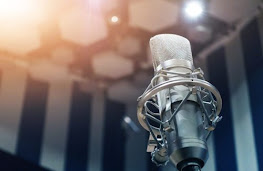Tips for wall construction for sound isolation in a home studio
When I first shifted into my house, I got exhilarated and called the guys to come and have a practice session in the basement. Previously I used to live in a condo, so practicing there would be impossible or rather not enjoyable. The basement of the house had almost 4 feet of ground surrounding it, and the upper part was a regular wall with windows in it. Hence I started using drywall isolation hangers to isolate noise.
As soon as we started, my neighbor informed me that he could hear the loud noise at his house almost 300 feet away. Being disappointed, we stopped. The sound was directly going out of the thin glass windows and there was nothing I could do until I made some big changes just like the mason industries.

I thought about building noise control walls in the room, but that may be overkill for what I was looking for. I was not concerned about noise passing into the rest of the house and just outside. I decided to build a wall closing off the back part of the basement, and treat that as much as I can do to prevent the noise.
Design of bigger wall and noise control ceilings
To assist in keeping the transfer of vibration from passing through the big wall to the windows, I used a staggered stud approach. The layering is staggered, so the studs end up being almost 8 inches from each other, but the vital part is that every wall doesn’t touch the other wall. The only way vibration can pass through it is to go through the wall at the top and bottom. Noise control ceilings and floors rest on special pads and can also be used to enhance the impact.



Comments
Post a Comment